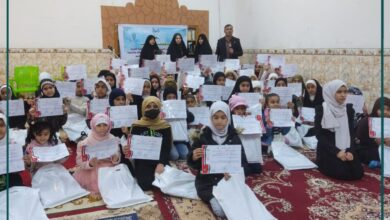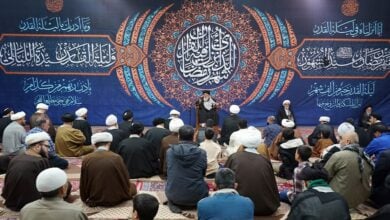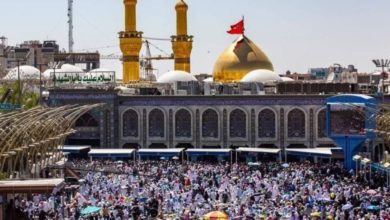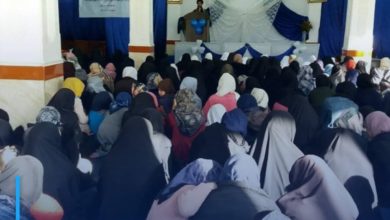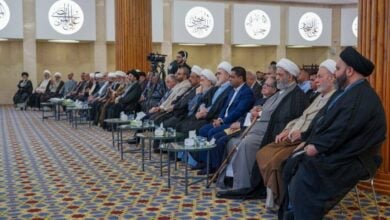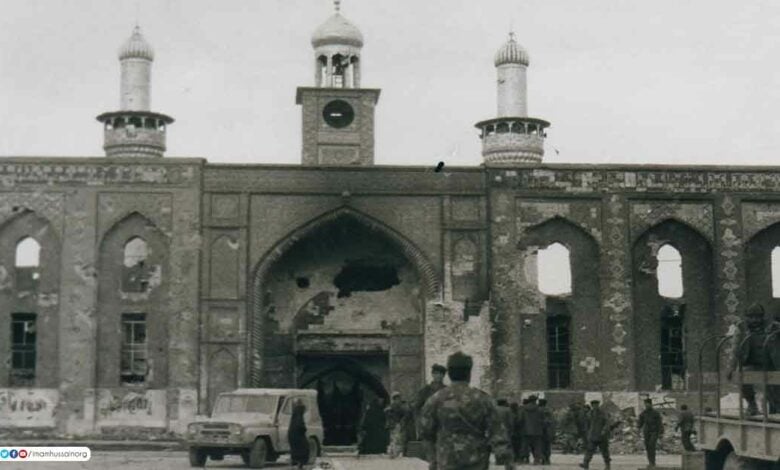
Residents of Holy Karbala commemorate the 34th anniversary of the heavy artillery bombardment that targeted their city during the Sha’baniyah Uprising in 1991. Among the attacks, neighborhoods near the shrine of Abu al-Fadl al-Abbas (peace be upon him) were hit with heavy weaponry, including chemical bombs, by the former regime.
According to eyewitnesses, one of the missiles struck an area near the Sa’a Exhibition, which at the time served as a hub for revolutionaries distributing food and securing the city’s entrances. Witnesses reported that a military aircraft flew over the shrine before noon on March 7, dropping several bombs. While some failed to detonate, one released a foul-smelling gas later identified as a chemical agent.
The attack caused cases of poisoning among residents, with many rushed to hospitals and medical centers. The city continued to endure chemical bombings and heavy artillery shelling, leading to widespread destruction, including damage to the holy shrines and surrounding areas.
The Sha’baniyah Uprising began in southern Iraq following the Iraqi army’s withdrawal from Kuwait, quickly spreading to multiple cities. In response, the former regime launched a brutal crackdown, employing indiscriminate bombardment, warplanes, and internationally banned weapons to suppress the revolt.


